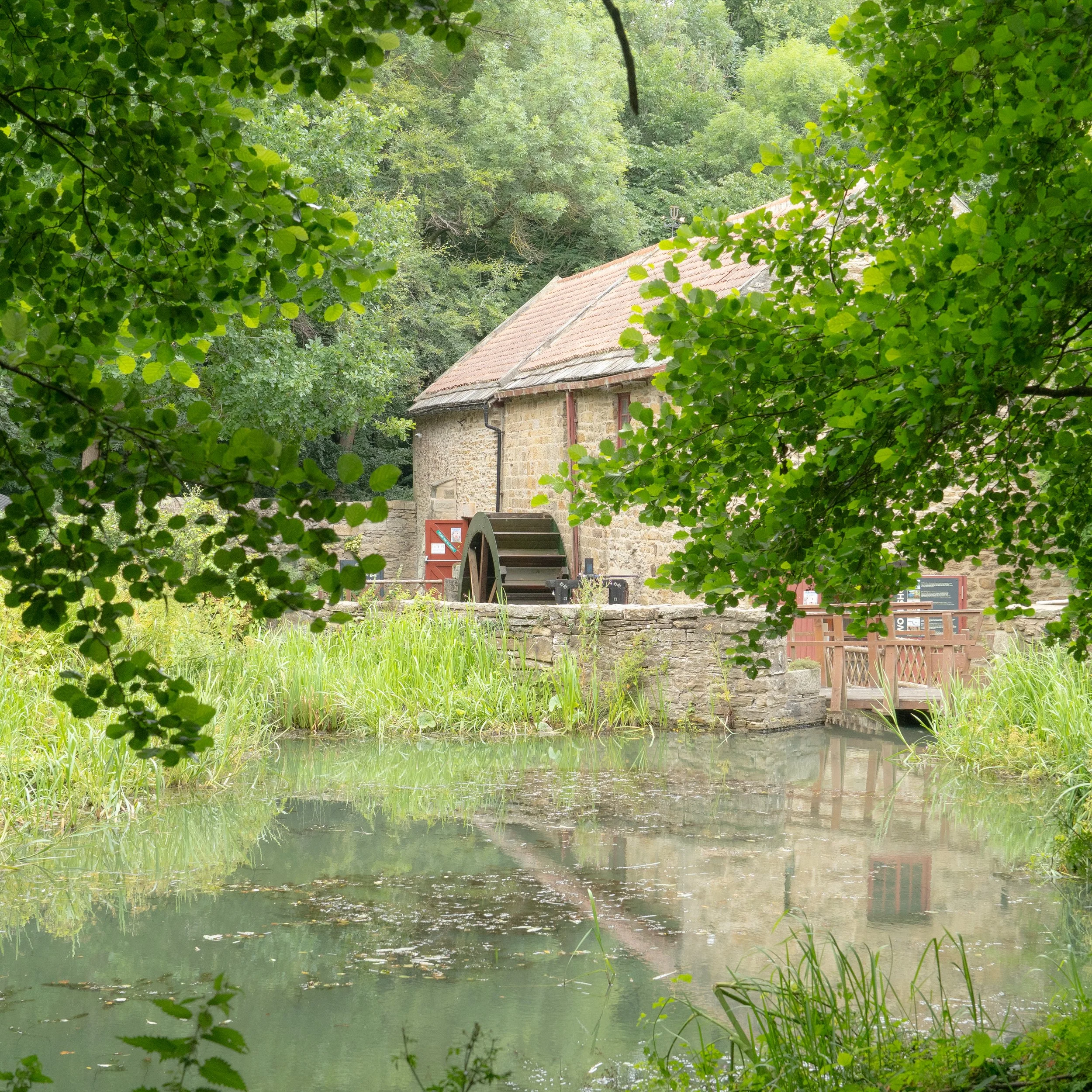Day 27 - Missed days
It’s been a couple of days since I last posted a blog. The main reason was that I spent a day focussing on sketching and the online art business so did not get around to taking or loading an image.
I also made the foolish decision to get dropped off in Durham and then walk back after spending some time walking and sketching. A couple of years ago I did a lot of training to try and walk 1,000,000 steps in a month, working my way up to around 19 miles a day over 5 hours.
Since then I walk a lot, at least. 5k every morning to grab a coffee and prepare for the day, but this was longer than I remembered and hot too, so that kind of threw me a little bit too.
All just excuses really.
So for day 25 I chose this one from a year ago when I walked to he top pf the Cheviot in Northumberland with a good friend:
The Cheviot is not a particularly tall hill - around 800m or so. It also has a long flat top but is preceded with some steep climbs.
On this particular day the weather at our starting point was dry and windy. As we got higher the wind got colder and the tip section was shrouded in cloud.
There is a particularly long and sleep part of the climb towards the top where there is 300m or so of peat and rubble to navigate and clamber up, which on this March day lead us into cloud and a much colder layer.
We started seeing spots of snow and frost, followed by impressive ice.
By the time be got to the flat top (this image is the crossing before the final relatively flat walk to the summit) the ice was impressive not least of all because it was almost horizontal with the driving wind. The whole wire fence leading up was like this and was fascinating to walk past. Cold too!
Which takes me to yesterday, where I actually had some thing planned!










